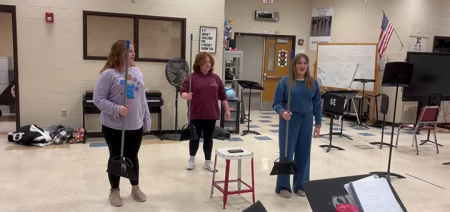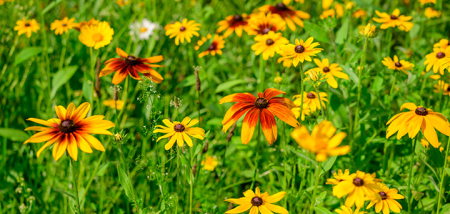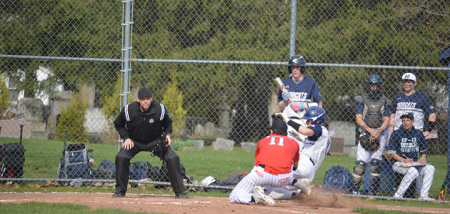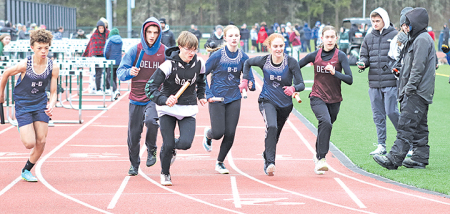Outdoor Chenango: Archery Season Preparations
Published:
August 19th, 2020
 Eric Davis
Eric Davis
In the Southern Zone, early bowhunting season begins in just over six weeks and now is the time to get ready for opening day. Whether deciding to plant food plots for the late season or checking on treestands, time is dwindling so get out and make sure things are set.
Kill plots, or food plots where you plan on harvesting your deer, are commonly planted in late August and should take priority if they are on your to-do list. For early season success, plant a quick growing annual such as oats, rye, or brassicas. For best success, plant a mix that way the deer have a variety to choose from.
If you want something that will draw deer later in the season, plant radishes, turnips, or beets. These tend to become more attractive to deer after it has frosted and snow has fallen (think end of rifle season and the late archery/muzzleloader season). A blend that I have had luck with is peas and oats. The deer kept it looking like a golf course green during October. Remember when planning a food plot to think about how the deer are going to approach it and how you plan on approaching and leaving it. You want to be able to sneak into your stand or blind without the deer catching your scent and spooking.
If you have not put your trail cameras out yet, that should be priority number two. Getting to know what deer are around, what areas they are using, and what time they are using them will help you formulate your plan for the fall. If you are in the market for a new camera, look at a wireless camera. These cameras use a cell phone data plan to send you the pictures they take straight to your phone or email. This allows you to know what deer are around without having to go into the woods to change out memory cards. This is great for anyone who has a long drive between home and where they hunt as it keeps you from needing to drive there to check the cameras. If you do not want to purchase a wireless camera, at least consider buying twice as many memory cards as you have cameras. This lets you be able to just walk up to a camera, take out the card with pictures on it, put in the blank card, and walk away.
In conjunction with what your trail cameras tell you, you can plan on treestand or ground blind maintenance, or complete relocations. Wear your safety harness and climb into your stands and make sure your shooting lanes are clear or use a pole saw to trim limbs that are blocking them.
Make sure the straps keeping the stand in the tree are still in good shape. Hang your bow hanger and any other accessories so that you do not need to try to do that in the dark on opening day. If you shoot right-handed, have your bow hanger to your left so that you can grab it with your left hand easily as deer approach your stand. And vice versa if you shoot left-handed. If you plan on hunting out of a ground blind, take some time to blend it in with brush and limbs to break up its boxy outline. Rake away any leaves from inside of the blind so they cannot crunch when you move your feet if deer are close. If leaving the ground blind up going into the snowy season, use a pole or similar object to go from the ground to the peak of the blind so that if there is snow the roof will not collapse under the weight of the snow.
Get your scent control supplies now and be ready to start your routine instead of waiting until the last minute and the store being sold out of what you wanted. Ozone producers have become popular as a scent control tool.
Remember if using ozone to treat clothing and gear, only use ozone for an hour or so. Elastic and other materials become degraded by excessive ozone exposure. Ozone exposure can also cause headaches, lightheadedness, and difficulty breathing in humans so limit the amount of time you spend around freshly treated gear.
Comments






